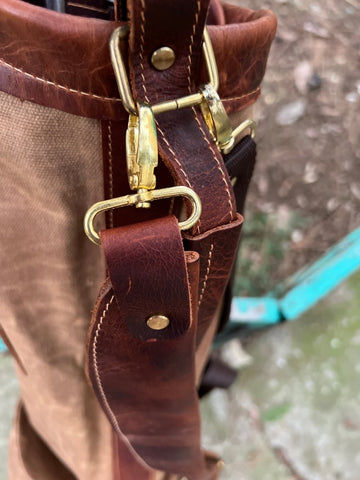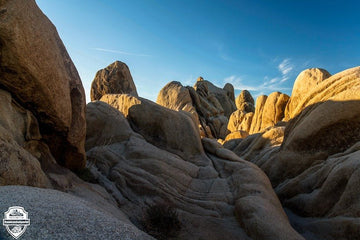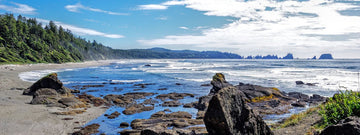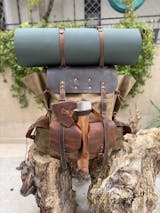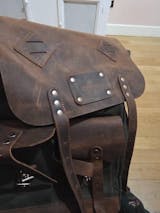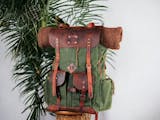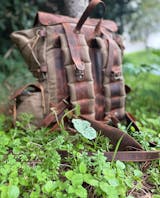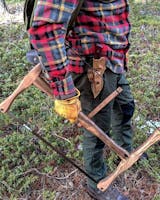Bushcraft Basics for Beginners: Natural Resources
Bushcraft is the art of using natural resources to survive and thrive in the wilderness. For beginners, mastering a few key skills can make all the difference. Here’s a guide to some essential bushcraft activities: fire making, fishing, and hunting.

Fire Making
Fire is one of the most crucial elements for survival. It provides warmth, a means to cook food, and a way to signal for help. Here are some basic methods to start a fire using natural resources: 99 percent handmade bushcraft backpack elevate your skills
-
Gathering Materials:
- Tinder: Look for dry, easily ignitable materials like dry grass, leaves, bark, or even bird nests.
- Kindling: Small sticks and twigs that will catch fire from the tinder.
- Fuel: Larger pieces of wood that will keep the fire burning.
-
Fire Starting Methods:
- Friction: Using a bow drill or hand drill to create an ember through friction. This method requires practice and patience.
- Flint and Steel: Striking a piece of steel against flint to produce sparks that ignite the tinder.
- Fire Plough: Rubbing a stick in a groove on a piece of wood to create friction and generate an ember.
-
Building the Fire:
- Teepee: Arrange the kindling in a teepee shape around the tinder. Once the tinder catches fire, the kindling will ignite and the structure will collapse, feeding the fire.
- Log Cabin: Stack larger pieces of wood in a square around the kindling and tinder. This structure allows for good airflow and a stable fire.
Fishing
Fishing is a valuable skill for providing food in the wild. Here are some basic techniques and tools:
-
Fishing Gear:
- Fishing Line and Hooks: If you have a fishing kit, great. If not, you can improvise with natural materials. For example, use plant fibers or animal sinew for the line and carve hooks from bone or wood.
- Spearfishing: Craft a spear from a long stick, sharpening the end or attaching a carved point. This method requires patience and practice.
-
Finding Fish:
- Look for fish in calm, shallow waters like ponds, lakes, and slow-moving rivers.
- Early morning and late evening are often the best times to fish.
-
Fishing Techniques:
- Hand Fishing: Also known as noodling, this involves feeling for fish in shallow water and catching them with your hands.
- Traps and Nets: Weave a simple net from plant fibers or set up a fish trap using sticks and rocks to funnel fish into a confined area.
Hunting
Hunting can provide a significant source of food, but it requires skill and knowledge of the local wildlife. Here are some basics: You can check best bushcraft backpack in our page
Tools and Weapons:
-
- Bow and Arrow: Craft a bow from a flexible branch and arrows from straight sticks. Use plant fibers or animal sinew for the bowstring.
- Spears: Sharpen a long stick or attach a stone or bone point.
- Traps and Snares: Set up traps using natural materials to catch small game. Common traps include the figure-four deadfall and simple snares.
-
Tracking and Stalking:
- Learn to identify animal tracks and signs like droppings, broken branches, and feeding areas.
- Move quietly and stay downwind of your target to avoid detection.
-
Safety and Ethics:
- Always ensure you are hunting legally and ethically. Respect wildlife and only take what you need.
- Be aware of your surroundings and avoid dangerous animals.
Bushcraft is a rewarding and essential skill set for anyone interested in wilderness survival. By mastering fire making, fishing, and hunting, you can utilize the natural resources around you to stay safe and well-fed in the wild. Remember, practice makes perfect, so take the time to hone these skills before you need them in a real survival situation. Happy adventuring!
For these skills and your bushcraft backpack will be perfect couple in your story
I hope this guide helps you get started with bushcraft!


